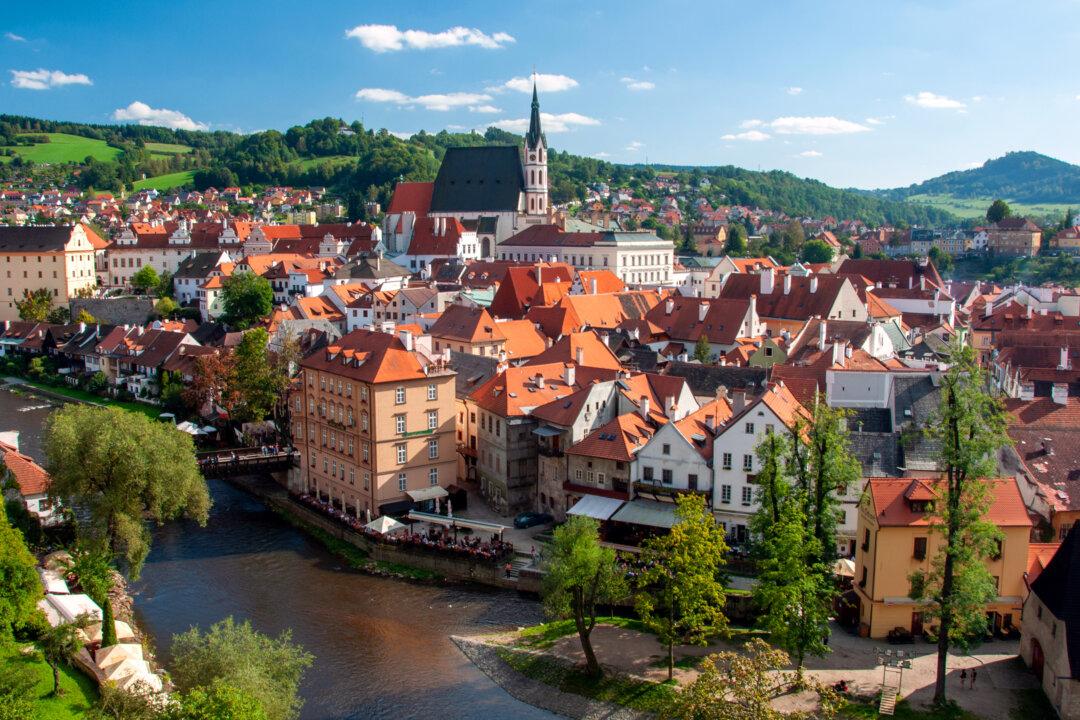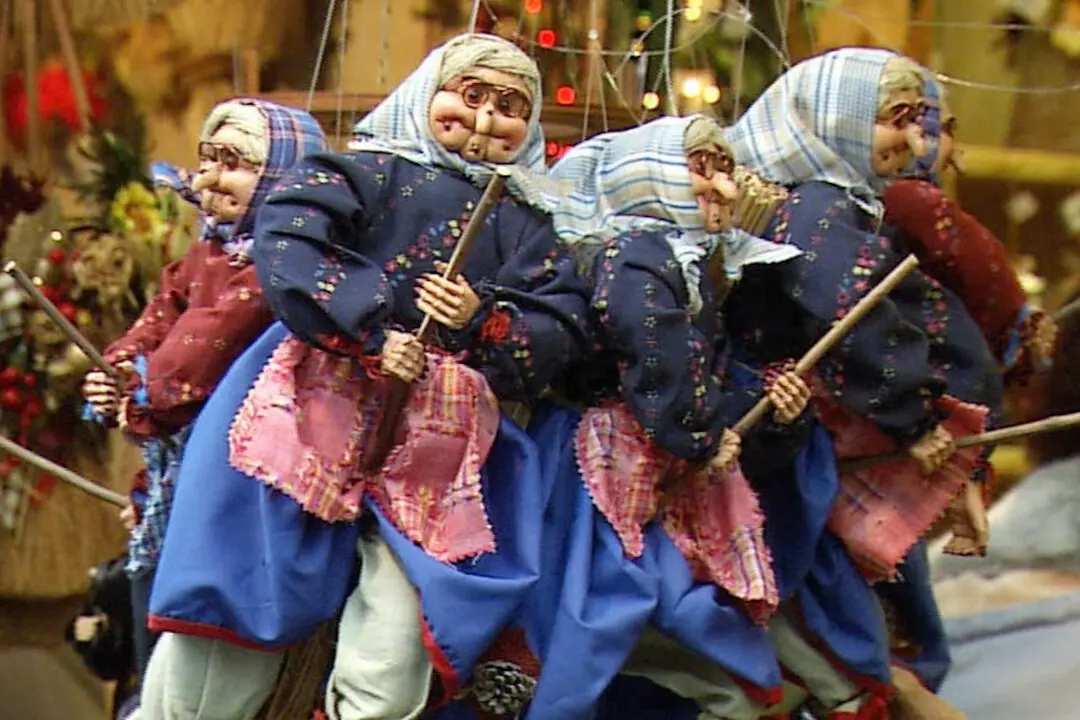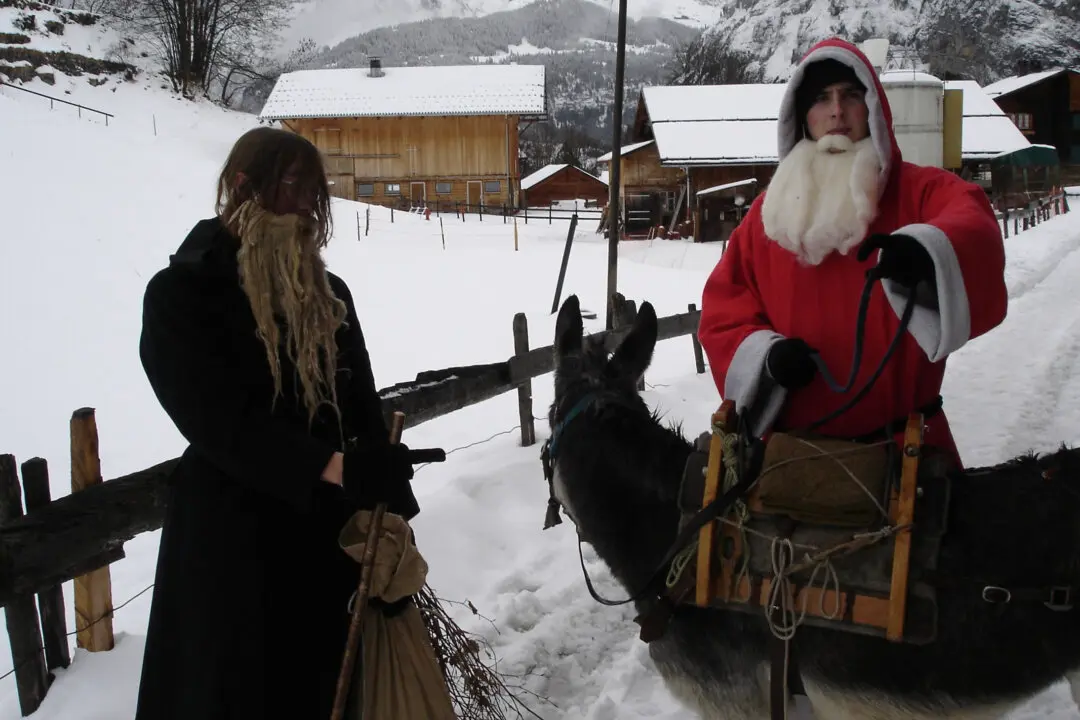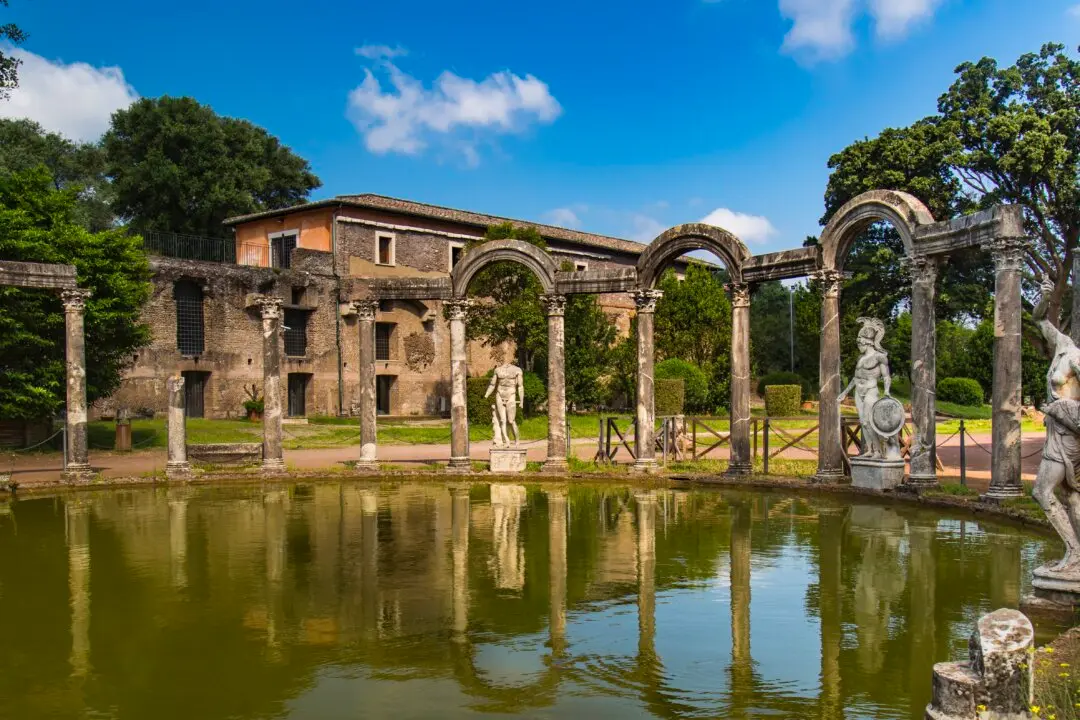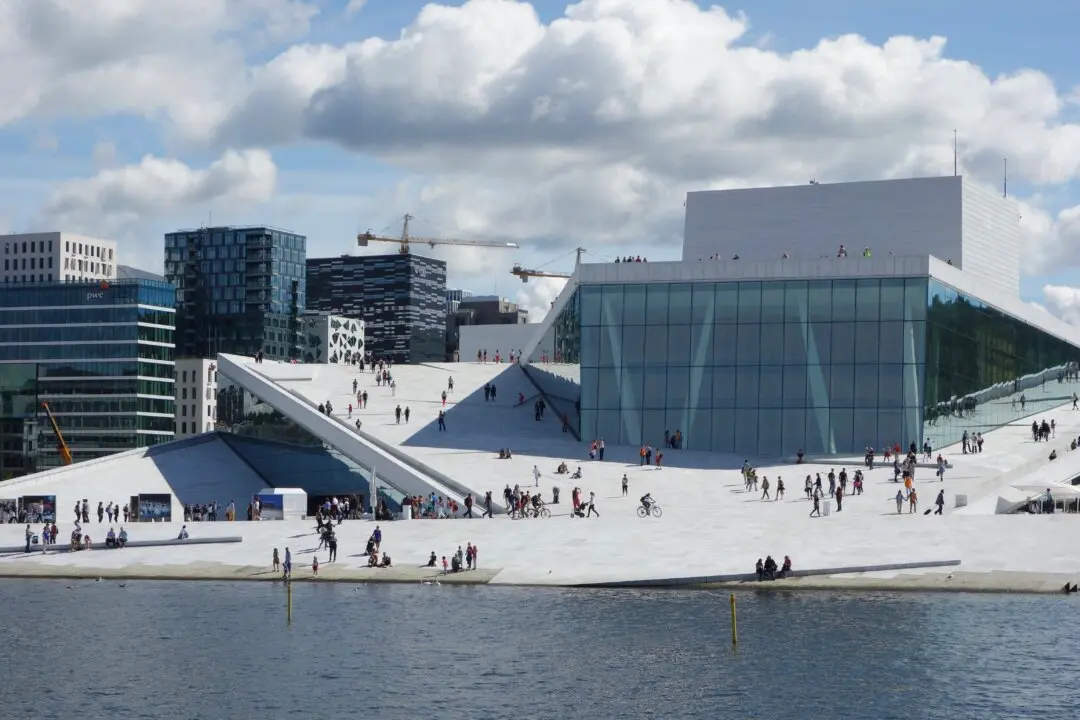Nearly four hours south of Prague, this fairy-tale town of 13,000 is buried in the hills of the southern Czech Republic, an area much appreciated for its pastoral countryside. With its delightfully cobbled Old Town, rare Baroque theater, and colorful castle, Český Krumlov feels lost in a time warp.
The town has long attracted visitors. Tucked into a hairpin bend in the Vltava River, it was a safe, choice spot for Celtic, then German, then Slavic tribes to settle. In the 16th century—the town’s golden age—Český Krumlov hosted artists, scientists, and alchemists from all over Europe.

